SUMMARY
This is AI generated summarization, which may have errors. For context, always refer to the full article.
![[OPINION] On diversity and inclusion](https://www.rappler.com/tachyon/2021/03/life-law-imho.jpg)
This piece was originally published on Advocates Philippines.
An oft-quoted line from former president Magsaysay posits that a person who has less in life should have more in law.
Some say that what Magsaysay meant by this is that a poor person should know more about the law so that they can use it as a tool to protect and promote their interests in society. On the other hand, there are those who say, without necessarily contradicting the first interpretation, that this refers to the need to craft laws that promote social justice or the interests of those who are considered marginalized in society.
In relation to progressive laws or policies promoting social justice, one can probably argue that President Rodrigo Duterte already has something to claim as his legacies.
Just to name a few, it was under President Duterte that Republic Act No. 11036, otherwise known as the Mental Health Act, was signed into law on June 20, 2018 and took effect on July 5 that same year.
In August of 2017, President Duterte approved Republic Act 10931 or An Act Promoting Universal Access to Quality Tertiary Education by Providing for Free Tuition and Other School Fees in State Universities and Colleges, Local Universities and Colleges, and State-Run Technical Vocational Institutions, despite opposition to it previously expressed by his economic managers.
The President even released Executive Order 100 in February 2019.
On December 19, 2019, the Philippine government announced that President Duterte signed the Executive Order providing for the creation of a Diversity and Inclusion Program (DIP) aimed at consolidating and implementing current laws, rules, and issuances against the discrimination of individuals in government entities. Specifically, the DIP will provide for a number of anti-discrimination guidelines and procedures including the following:
• A framework for agencies to identify and eliminate all barriers to equal opportunities in education and the recruitment, hiring, training, promotion, and retention of personnel
• Programs to ensure that all personnel are properly equipped with the ability to manage diversity, including the provision of robust orientation processes and relevant trainings
• Mechanisms for accountability in departments, bureaus, offices, agencies, state universities and colleges, government-owned or controlled corporations, and local government units
• A process for seeking redress for discrimination-related complaints.
The Executive order also provides for the creation of an Inter-Agency Committee on Diversity and Inclusion (ICDI) tasked with developing the DIP in consultation with a number of stakeholders, including the Commission on Human Rights, the Civil Service Commission, and nongovernment organizations.
The ICDI is to provide technical assistance and guidance to government entities in the implementation of the DIP in their respective domains.
Just to note at this point, this EO is precisely one of the reasons the administration of the state university where I currently serve, the Polytechnic University of the Philippines, very recently decided to set up a new office called the Center for Inclusion and Diversity under its community extension program. CID is meant to be the university’s focal advocacy unit on DIP issues and concerns.
Allow me to add further that the ICDI is mandated to launch information campaigns promoting the effective execution of the government’s DIP and will encourage local government units to enact ordinances aimed at fostering inclusion and diversity in their jurisdictions.
Why is this singular policy instrument so relevant? Now, allow me to share some data that should underscore and illustrate the founts of diversity in Philippine society today.
The social sciences suggest a possibly infinite source of social diversity. However, the most generally recognized bases of our social differences may be limited to five founts. To more easily remember them, I suggest we use an acronym that I offer in my lectures in classes for heuristic purposes. The acronym is MADER-G.
M stands for Means or economic means, which pertains to the various socio-economic statuses that we belong to. A is for Age. D stands for Disability or physical disability. E is for Ethnicity. R stands for the variegated Religious and political beliefs that we cling to.
To put some numbers on these very real sources of our differences as a people and thereby better understand them as founts of discrimination or exclusion, consider the following.
According to data from the Philippine Statistics Authority as cited by the National Economic and Development Authority, specifically the Family Income and Expenditure Survey (FIES) for 2018, the poverty incidence among Filipinos was at 21% during the first half of 2018. This pertains to economic marginalization or exclusion.
Then there is Age. On this, the data on senior citizens is relevant. By Philippine law, senior citizens are those aged 60 years old and above. This is based on the country’s Senior Citizens Act or Republic Act 9994, also commonly known as the Expanded Senior Citizens Act of 2010. The number of our seniors continues to grow even as the number of young Filipinos also grows.
Regarding Disability, as of this writing, a total of 942,000 (1.23%) of the 76-million population in the Philippines have disabilities. Notably, some 80% of our working population or labor force have some form of disability or another. So these PWDs are actually very productive citizens contrary to commonplace impressions about persons with disabilities.
Going to E for Ethnicity, it is not popular knowledge that the Philippines has 134 ethnic groups, the majority of which are indigenous or IPs, many of whom continue to face discrimination in one form or another in our communities.
As for R, that stands for Religious and Political Beliefs. Let me just mention the following information.
According to the PSA’s (then-National Statistics Office’s) national census for the year 2010, an estimated 90.1% of Filipinos are Christians. This consists of 80.6% Catholic, 2.7% Evangelicals, 2.4% Iglesia ni Cristo, 1.0% Aglipayans, and 3.4% other Christian groups, including other Protestant denominations (Baptist, Pentecostal, Anglican, Methodist, and Seventh-Day Adventist) as well as Orthodox.
On top of all these, Filipinos are fragmented into a multitude of civil society groups or civil society organizations, or CSOs in short.
It is difficult to put a definite number to all the CSOs in the country, partly because many are unregistered, but also because there is no single official and updated database on those that register with government agencies. In addition, studies that attempt to count civil society groups use various definitions and may therefore include or exclude various types of CSOs. However, one of the latest and most comprehensive studies puts the range of registered and non-registered CSOs at 249,000–497,000. It was estimated that 40% of these organizations were non-registered.
Lastly we have the complex and very nuanced matter of differences because of Gender and sexual orientation — the G in our MADER-G mnemonic device.
To answer the question of how many genders exist scientifically: scientific evidence itself proves that gender is a spectrum, so it is impossible to put a number on the type of genders that exist. Sex, however, as anchored on biological differences, can be limited to three types (male, female, and the rare intersex), but in terms of gender and sexuality which are sociological constructs and categories, real numbers would be problematic to pin on them.
What is clear and less problematic is the fact that the Inter-Agency Committee on DIP will be presided over by the Secretary of the Interior and Local Government and is to be comprised of representatives from a number of executive departments, including Social Welfare, Budget and Management, Labor and Employment, and Justice and Health, as well as from the Philippine Commission on Women, Commission on Higher Education, and National Commission on Indigenous Peoples.
Now here lies the rub. Even with the President’s EO and the various laws that it can work with, the challenge of social exclusion and discrimination obviously remains an overwhelming reality.
In other words, even as we may want to believe in Magsaysay’s imperative that those having less in life should have more in law, there also is the wide chasm between what is in the law or on paper and what is truly acted upon and prioritized, especially by way of budget allocation and real political will down on the ground.
In closing, let me say that in moving forward into the post-pandemic period, assuming we are finally able to address the current health crisis that we face and its harsh economic impact, it would be good to remind ourselves of the very serious concern for inclusionary policies, especially economics-wise. So I say, let us always remember our MADER-G! – Rappler.com
Louie C. Montemar is an Associate Professor at the PUP Department of Sociology.
Add a comment
How does this make you feel?
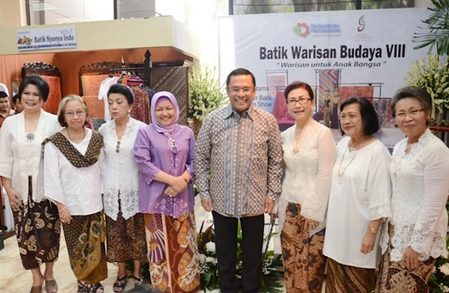
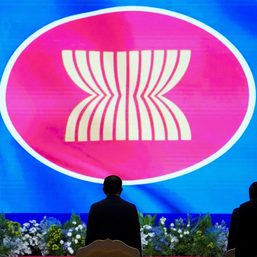
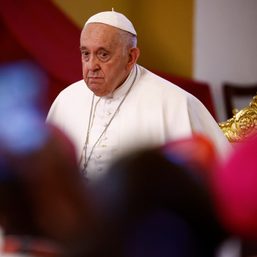

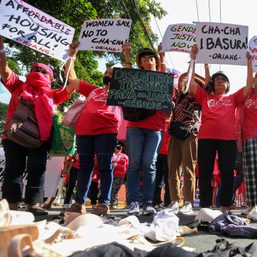
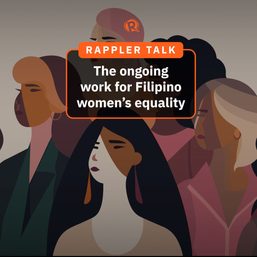
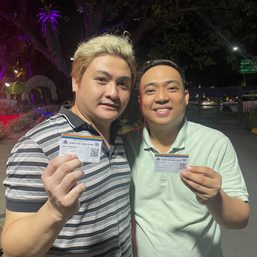
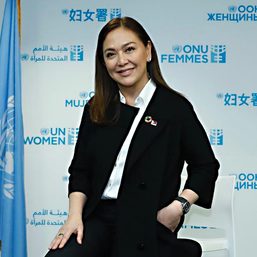

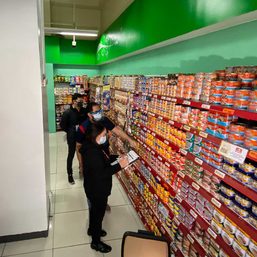

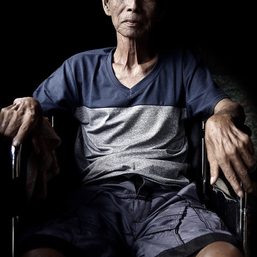
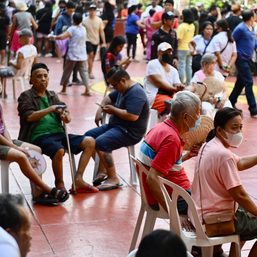
![[In This Economy] A counter-rejoinder in the economic charter change debate](https://www.rappler.com/tachyon/2024/04/TL-counter-rejoinder-apr-20-2024.jpg?resize=257%2C257&crop=267px%2C0px%2C720px%2C720px)
![[Vantage Point] Joey Salceda says 8% GDP growth attainable](https://www.rappler.com/tachyon/2024/04/tl-salceda-gdp-growth-04192024.jpg?resize=257%2C257&crop_strategy=attention)
![[ANALYSIS] A new advocacy in race to financial literacy](https://www.rappler.com/tachyon/2024/04/advocacy-race-financial-literacy-April-19-2024.jpg?resize=257%2C257&crop_strategy=attention)


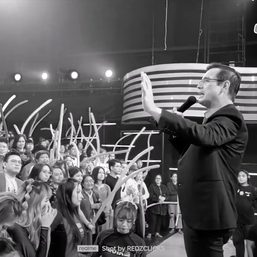
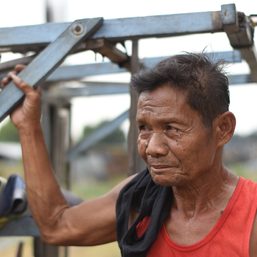
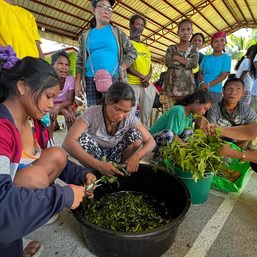
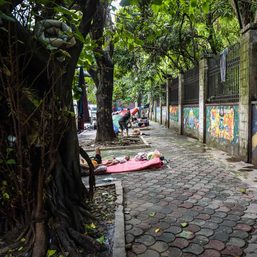
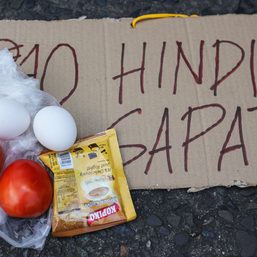
![[Newsstand] Duterte vs Marcos: A rift impossible to bridge, a wound impossible to heal](https://www.rappler.com/tachyon/2024/04/duterte-marcos-rift-apr-20-2024.jpg?resize=257%2C257&crop=278px%2C0px%2C720px%2C720px)
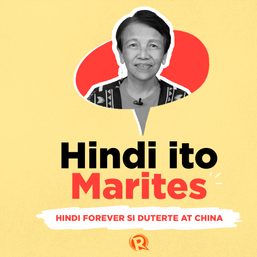
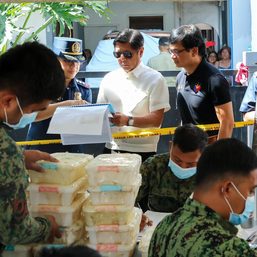
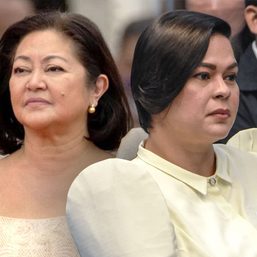
![[OPINION] ‘Some people need killing’](https://www.rappler.com/tachyon/2024/04/tl-some-people-need-killing-04172024.jpg?resize=257%2C257&crop_strategy=attention)
There are no comments yet. Add your comment to start the conversation.